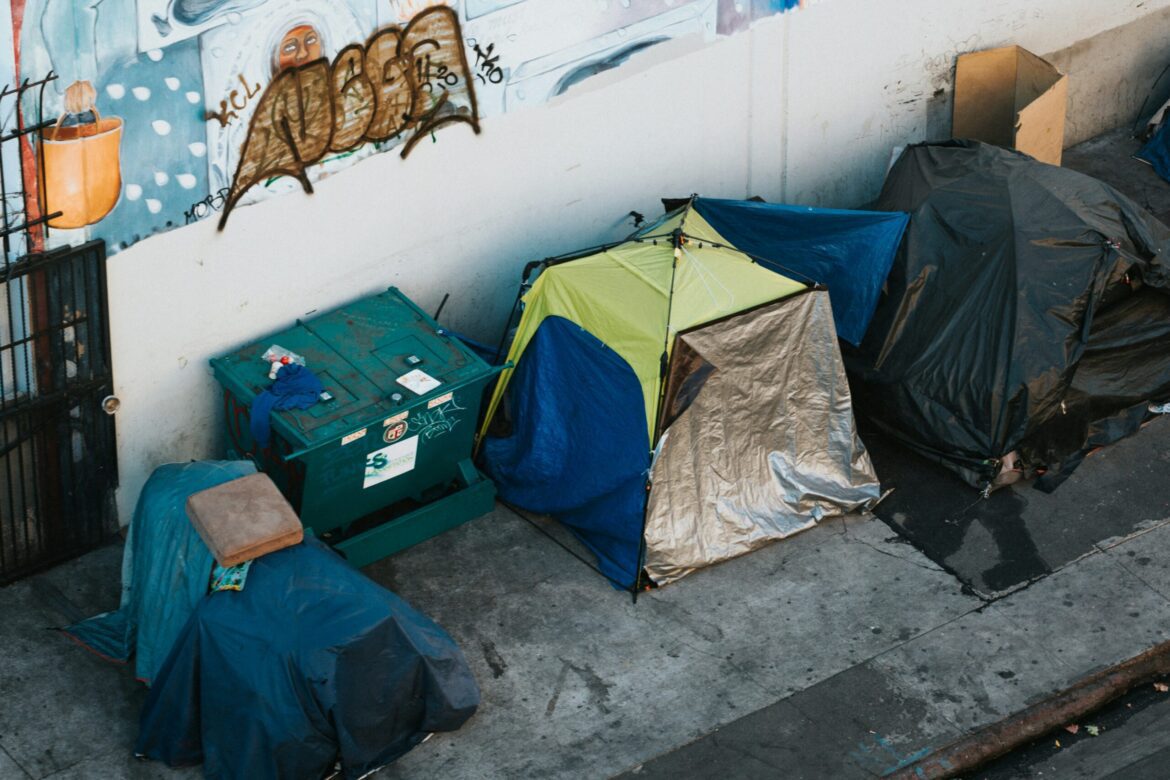As homelessness continues to rise in Southern California, Los Angeles is grappling with new challenges in its ongoing efforts to address the crisis. In May 2023, local leaders reported mixed results from the “A Bridge Home” program, a key initiative launched to provide emergency housing and services to those living on the streets. While the program has made some strides, including the creation of temporary shelter units and increased outreach, it has encountered significant hurdles that threaten its long-term effectiveness.
One of the most pressing issues is the lack of available permanent housing for individuals who transition through the emergency shelter system. While the program has successfully placed people in temporary housing, the city’s supply of permanent supportive housing units remains severely inadequate. The waiting lists for affordable housing continue to grow, leaving many individuals stuck in a cycle of temporary shelter and uncertainty. As a result, many people are unable to secure stable housing, exacerbating the already high levels of homelessness in the city.
In addition to the housing shortage, limited funding and a lack of coordination between local, state, and federal agencies have hindered the implementation of long-term solutions. Homelessness advocates argue that while temporary shelters and emergency measures are essential, they do not address the root causes of homelessness, including the severe lack of affordable housing, mental health challenges, and substance abuse issues. These advocates stress that a more holistic, long-term approach is necessary to tackle the crisis at its core.
To address these issues, Mayor Karen Bass recently introduced a new proposal aimed at streamlining the process for building affordable housing and increasing funding for mental health and addiction services. These measures are seen as a step in the right direction, but many advocates believe that more bold and comprehensive action is needed. Without a strategy that addresses both the immediate needs of those experiencing homelessness and the systemic issues driving the crisis, the situation is expected to worsen.
Despite these challenges, the “A Bridge Home” program has had some success in providing immediate relief to those in need. However, experts agree that more sustainable solutions are necessary to break the cycle of homelessness and help individuals transition into permanent, stable housing. The city’s efforts must also focus on preventing homelessness before it begins by addressing the affordable housing shortage, strengthening mental health services, and expanding substance abuse treatment options.
As Los Angeles continues to confront the growing homelessness crisis, advocates are calling for stronger collaboration among local, state, and federal governments, as well as increased investment in long-term solutions. If the city is to make meaningful progress, a more coordinated, comprehensive approach will be essential to ending homelessness and providing support for those most in need.
For more on the homelessness crisis in Los Angeles, visit: LA Times – Homelessness in LA.

